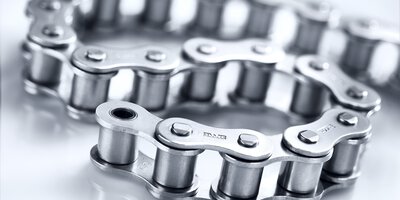Predictive Maintenance
12. Jul 2022 | iwis drive systems

Industrial maintenance consists in keeping equipment running as long as possible. Corrective, preventive and now predictive, it has taken a long time to be recognized as an activity in its own right. Since then, it has shown its importance and added value to the point of being a lever for continuous improvement and development in companies.
The strength of predictive maintenance is to anticipate breakdowns. This avoids any costly stoppage of the production line. If predictive maintenance is emerging, it is because it is now possible to capture weak signals on machines.
The only thing left to do is to bring the data up and analyze it. These analyses make it possible to increase customer satisfaction and generate savings.
In the context of industrial automation, this is characterized by the use of sensors, which are the basic elements of acquisition and of data acquisition and control systems (SCADA). They allow the transformation of physical quantities (temperature, pressure, position, concentration, others...) into signals, most often electrical, which provide information on these quantities. These sensors allow a production line to dialogue and to adapt the production tool to the different needs, in a non-exhaustive way, the needs of the markets or the modifications of the customers, but also the maintenance.
The anticipation of breakdowns is made possible by : The implementation of sensors. They allow to get several thousands of data every day. This is what we call the Internet of Things (IoT).
- The modelling of a failure pattern. Based on the operating history of the machines, beyond the symptoms, it is possible to symptoms, it is possible to identify the root causes of the failure.
- The development and optimization of predictive algorithms that determine alert thresholds. This is automatic learning or "machine learning".
Predictive maintenance can improve several performance indicators:
- Improving the overall efficiency rate (OER) of an equipment
- Reduction of repair and intervention costs
- Improvement and predictability of product quality
Predictive maintenance coupled with the Internet of Things could save companies $630 billion by 2025.
Predictive maintenance-related investments accounted for $9.1 billion in 2016 worldwide, according to ABI Research.
With an annual growth rate of 22%, it is expected to win over new industrial players.
Can we do predictive maintenance on drive and conveyor chains?
The answer is yes! Let's not hesitate! Let's exchange around this topic!
